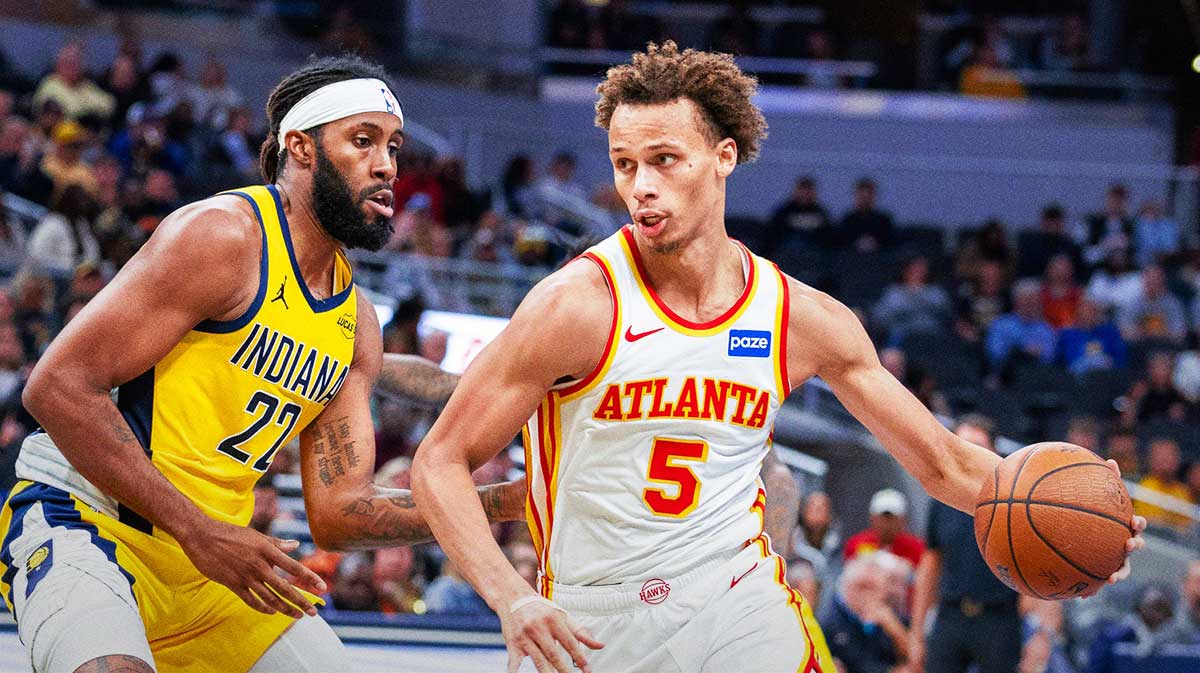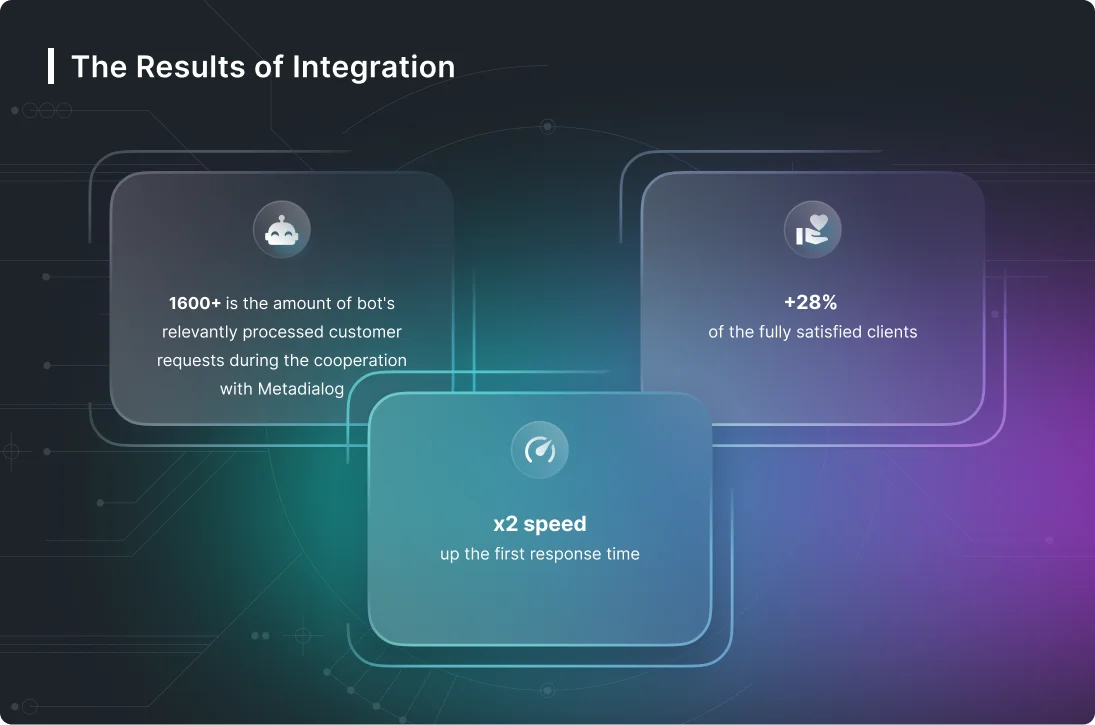When the Atlanta Hawks handed Dyson Daniels a four-year, $100 million contract extension this offseason, it felt like a declaration: the young Australian guard was officially part of the franchise’s future core alongside Trae Young and Jalen Johnson.
Fresh off winning the NBA’s Most Improved Player (MIP) award, Daniels was seen as a two-way cornerstone—someone who could grow into a dynamic guard capable of guarding the opponent’s best player while also taking pressure off Young offensively.
—
### Early Season Struggles
Six games into the new season, that optimism has turned into disillusionment. Through Atlanta’s 3-3 start, Daniels has averaged just 7.5 points on 39.6% shooting from the field, 33% from 3-point range, and a disastrous 60% from the free-throw line. Despite logging over 31 minutes a night, he’s scored a mere 45 points total across the first six contests.
Defensively, he’s still active: his 2.3 steals per game rank among the league’s best, and he remains Atlanta’s most disruptive perimeter defender. But this isn’t a $100 million defender we’re watching; it’s a player who looks hesitant, overcautious, and offensively out of sync.
The numbers back it up: Daniels’ true shooting percentage sits below 40%, and he’s been turnover-prone for someone who doesn’t handle the ball full-time.
The problem isn’t that Daniels can’t defend. It’s that everything else has regressed—his confidence, his aggression, his rhythm. And for someone crowned as the NBA’s “most improved,” this version of Dyson Daniels feels like a mirage.
—
### What Happened to the Confidence?
Daniels’ biggest issue isn’t skill-based; it’s mentality. Every possession looks labored. Instead of attacking the paint with purpose, he’s over-dribbling, hesitating at the arc, or passing out of open shots.
When he does drive, he often settles for awkward floaters or gets caught mid-air with nowhere to go. The Hawks’ spacing compounds the problem. With Jalen Johnson often occupying the interior, Daniels finds little room to slash. Still, his lack of assertiveness stands out.
A “Most Improved” winner should look like a player who’s taken command of his development; instead, Daniels looks like a bystander in his own offense.
—
### Contrast with Teammates
It’s hard not to contrast him with the Hawks’ two best players so far: Trae Young and Jalen Johnson. Young continues to be Atlanta’s offensive engine while Johnson’s all-around play, rebounding, slashing, and defensive versatility have made him the team’s most consistent performer.
Daniels, meanwhile, feels invisible, offering neither scoring punch nor playmaking relief. When your supposed third cornerstone is averaging seven points on 39% shooting, something’s broken.
—
### The Disconnect Between Role and Expectation
The Hawks didn’t just extend Daniels because of his defense. They extended him because they believed in his growth trajectory—that the player he was in New Orleans was just the beginning.
But the transition to Atlanta has exposed just how fragile that growth might have been.
For starters, Daniels isn’t a natural fit next to Trae Young. His lack of outside shooting allows defenses to sag off him, choking the lanes Young uses to create. That forces head coach Quin Snyder to choose between playing Daniels for defense or benching him to maximize spacing.
On paper, Daniels is a 6-foot-7 guard with the frame and instincts to defend all three perimeter positions. But when your backcourt-mate is one of the league’s smallest defenders, that defensive impact only matters if you can stay on the floor. Right now, his offensive inefficiency is making that a tough sell.
The Hawks thought they were getting a connector piece, someone who could facilitate the offense when Trae sits—like he will now be forced to with a knee injury—and play off him when he’s on.
Instead, Daniels has been a possession killer, halting momentum with hesitations or missed reads. Atlanta’s offense ranks middle-of-the-pack through six games, and much of that inconsistency stems from the lack of reliable secondary ball handling.
Daniels has had flashes—a couple of crisp assists here, a deflection there—but the moments have been fleeting. His stat lines (seven points, five rebounds, two steals) look serviceable on paper but hollow in impact.
—
### Can Daniels Bounce Back?
To call Dyson Daniels’ MIP award fraudulent isn’t about questioning his past growth; it’s about acknowledging how far he’s fallen in such a short time.
Players regress all the time, but it’s rare to see someone go from being one of the league’s fastest risers to one of its most invisible starters in a matter of months.
Maybe this is just an adjustment period: new system, new teammates, new expectations.
Daniels has never been a natural scorer, and asking him to become one overnight might be unfair. His defensive instincts and unselfish nature are still elite tools for a team built around a high-usage star like Trae Young.
But it’s also fair to say that Atlanta didn’t give him $100 million to be Patrick Beverley with size. They expected a two-way guard who could evolve into a borderline All-Star. Instead, they’re getting a defensive specialist who looks lost offensively.
If the Hawks are serious about contending in the East, Daniels needs to rediscover the version of himself that earned him that MIP trophy—the one who played with confidence, pace, and purpose.
Otherwise, Atlanta’s supposed “Big Three” will continue to feel like a Big Two and a liability.
—
The season is young, and narratives change quickly. But as it stands, Dyson Daniels’ Most Improved Player award already feels like a relic—a reminder of potential that’s slipping away by the game.
https://clutchpoints.com/nba/atlanta-hawks/dyson-daniels-most-improved-player-award-looks-fraudulent



